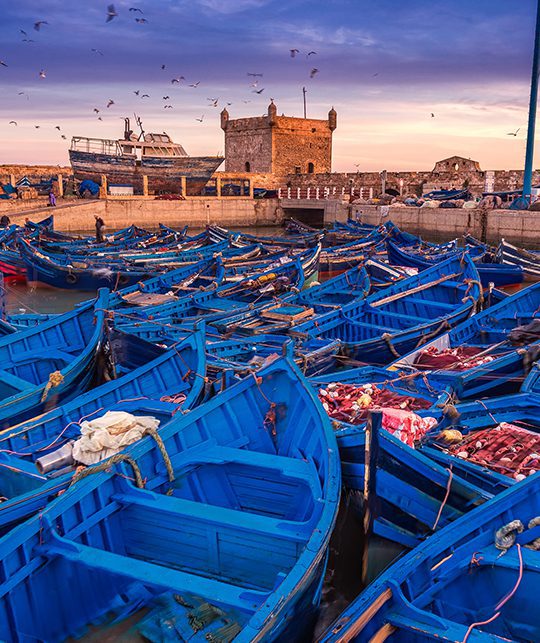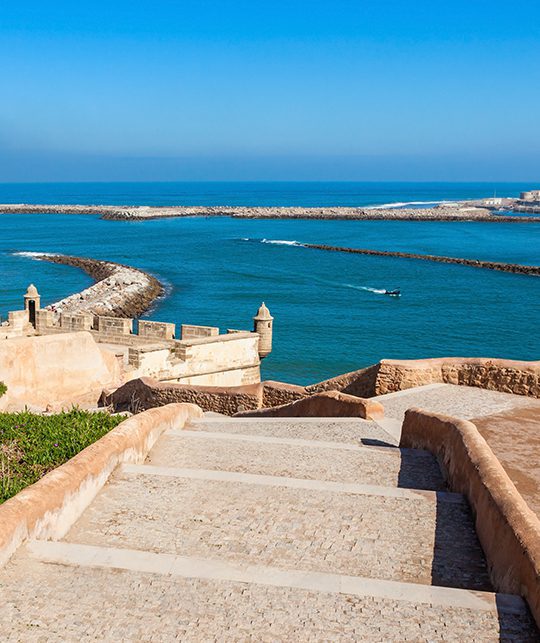Medina, a multicultural place
Despite its Modern transformation, Morocco has never lost sight of its deep-rooted traditions. The magical Medina is one of the traditional Moroccan cultures embedded in people’s daily life. Typically walled, the traditional Medina invites you to explore its most profound treasures while meandering its narrow streets. Artisan shops, fountains, mosques …Hundreds of people live and work inside its ochre walls, passing their know-how on to other generations. In Fez, Tetouan, Essaouira, and Marrakech, these car-free and best-conserved historic towns have quickly become World Heritage. Whether it’s located in an imperial city, a coastal city, or in the mountains, Medinas will take you back in history. Explore its puzzling old districts, and dive into its magical atmosphere!
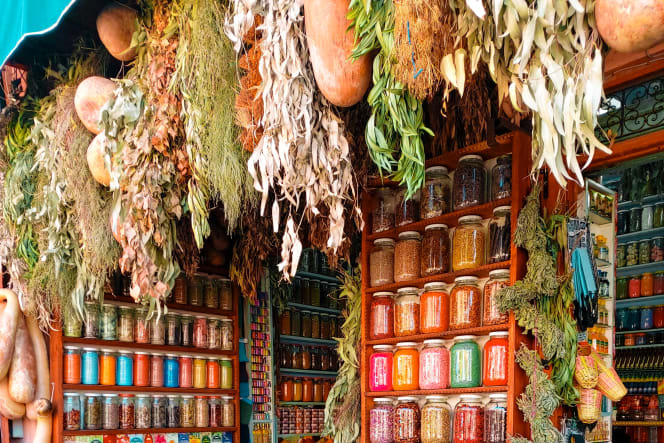
Medina of Fes
Fez El-Bali, the ancient city with a distinct history, is a medina bubbling with bright colours, architecture and traditional craftsmanship. With its arabesque style and its historical drawings, Fez tells you the story of the early Moroccan dynasties’ footprints, leaving your own imagination running wild.
Founded by the Idrissides, this medina is home not only to numerous palaces but also to the oldest university in the world, Al-Quaraouiyine. Strolling through its streets is a chance to take advantage of the smallest architectural detail and handcrafted works of art, as well as an opportunity to immerse yourself in the depths of a city with an intellectual and spiritual character.
Chefchaouen
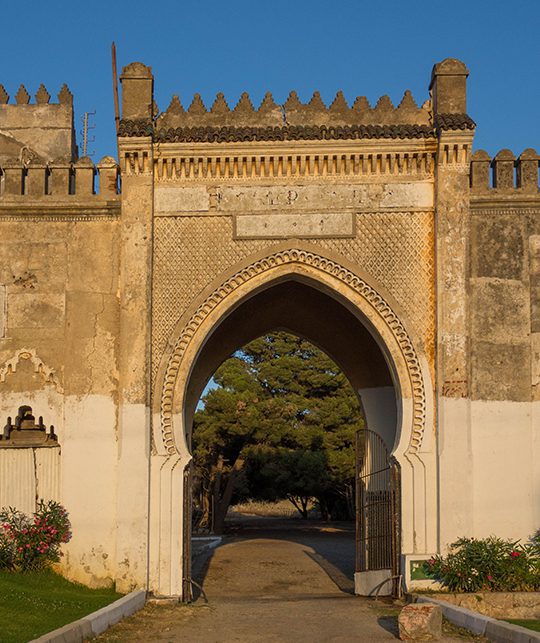
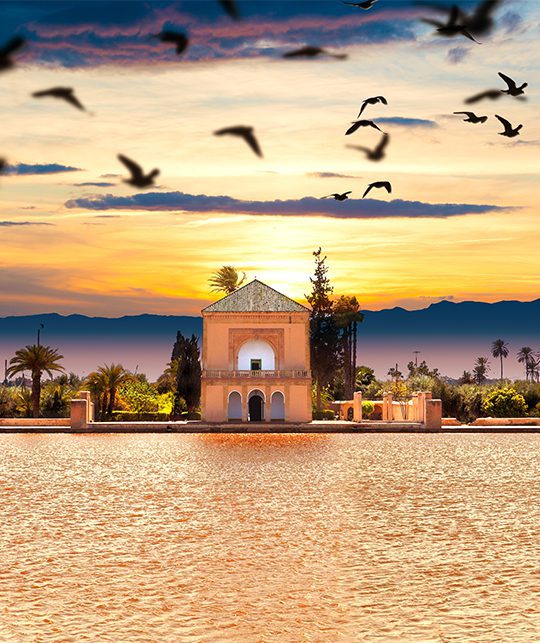
Marrakech
Just like the other medinas of Morocco, the World heritage medina of Marrakech is the most historic and most visited district of the city. Beautifully surrounded by walls, forming several gateways, it is the beating heart of the “ochre” city.
Not far from the entry, the charming Koutoubia mosque built under the Almoravid dynasty’s reign is located in the southwest medina of Marrakesh near the so-called Jemaa el-Fna.
Surrounded by gardens, this emblematic figure served as a model for the La Giralda mosque in Seville.
As you stroll in its traditional quarters, you’ll find bazaars, traditional souks, museums, Riads, and café terraces that will make you enjoy its particular activities.
All these places give access to the Jamaâ El Fna square, which is magically transformed into an open-air theatre as the night falls.
Essaouira
Endowed with strong tourist potential, the medina of Essaouira is an excellent tourist destination.
Recognized as a UNESCO World Heritage since 2001, Essaouira is a splendid city with historical streets and houses. Also known as the “Mogador”, this mid-18th century fortified city is perfectly sealed and enclosed by a Vauban-style wall, with a kasbah that cannot be overlooked.
A fresh breath with the Atlantic Breeze, and the beautiful sights of the city, offers its visitors a comfortable pace in its narrow streets, its romantic ramparts, its cultural wealth and its numerous art galleries.
Go exploring the beautiful landscape with Portuguese drawings on the buildings, and taste the charm of the magnificent sights of La Skala. Don’t forget to visit the port and the El Mellah district to immerse yourself in the history of this coastal city.
